Insect control
Five common insects that want to move into your home for the winter
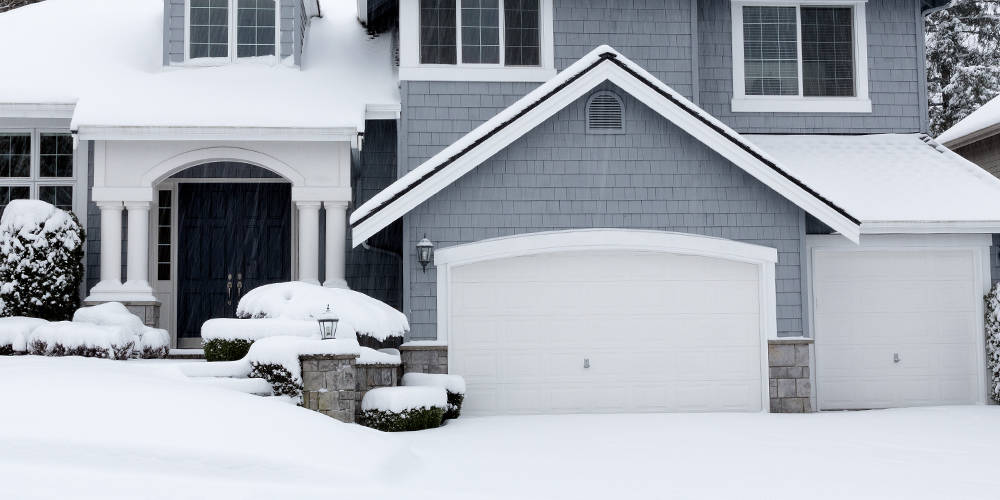
Insects
Weeds
Rodents
Our brands

If there is any consolation here, it’s that none of them will really harm you. They might creep you out though! Likely, once cool weather starts, you will have unwanted guests sneaking into your home through openings you might not even know about. Once in, they are staying for the winter.
As soon as temperatures drop, you’ll find these insects seeking a warm spot in your home. They like to gather together, looking for cracks in attics, wall voids, soffits, door and window frames, and behind siding. They secrete a chemical signal (pheromones) for others to join them, once they locate an ideal winter spot.
Here are a few insects that plan to move in this winter.
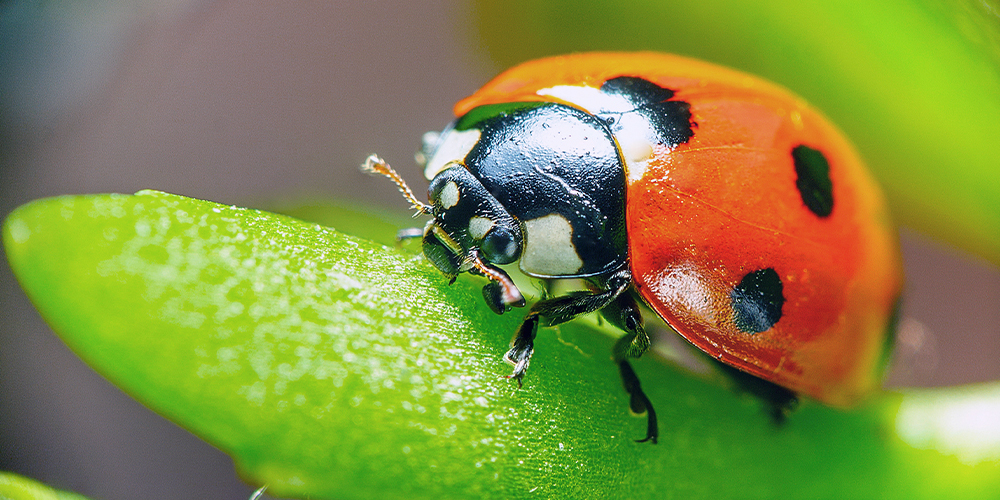
In the garden, ladybugs are beneficial predators, feeding on soft-bodied insects and eggs. Come fall, they head for the cracks and crevices in your house.
They emit a yellow discharge which could trigger allergies. They can also bite (it feels more like a pinch), but are not poisonous or harmful. Useful in the garden, but in the house, you want to discourage them.
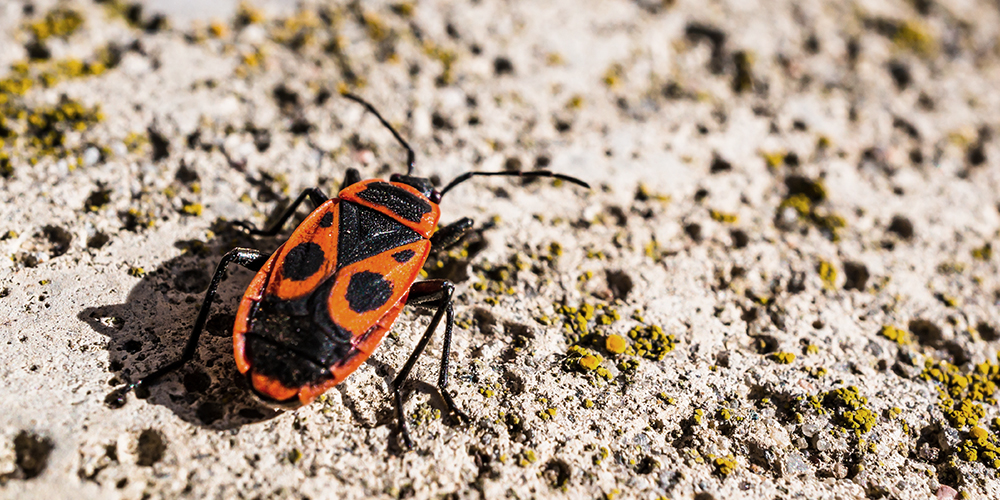
During the summer, box elder bugs are common garden pests that feed on leaves and stems, but come fall, they look for a warm place to hibernate. When disturbed or stepped on, these bugs are odorous and will release a pungent secretion. If they find their way inside your house, they may stain household items. Occasionally, they bite and they may feed on houseplants.
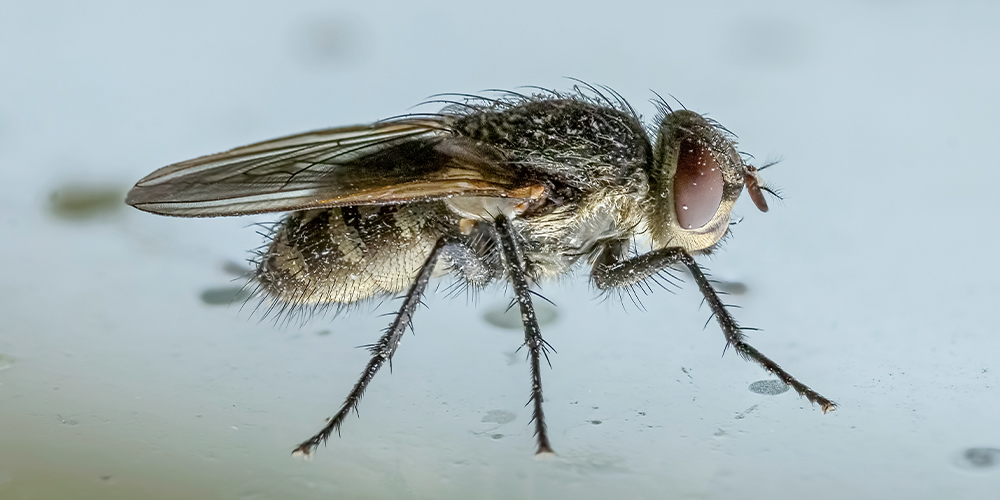
Although they look like houseflies, cluster flies are usually larger. They are slow and sluggish compared to the quick houseflies. Unlike houseflies, they don’t lay eggs in food and aren’t associated with transmitting disease. They spend the summer outdoors, but when the days get cooler, they find your home very attractive. Typically, they squeeze their way into attics, under siding, around windows and crevices outside. But they can also gather between walls by working their way through the tiniest openings in window and door frames, as well as through outdoor electrical fixtures. They don’t reproduce indoors. When the temperature rises, they think it is spring and can be seen flying around windows and lights.
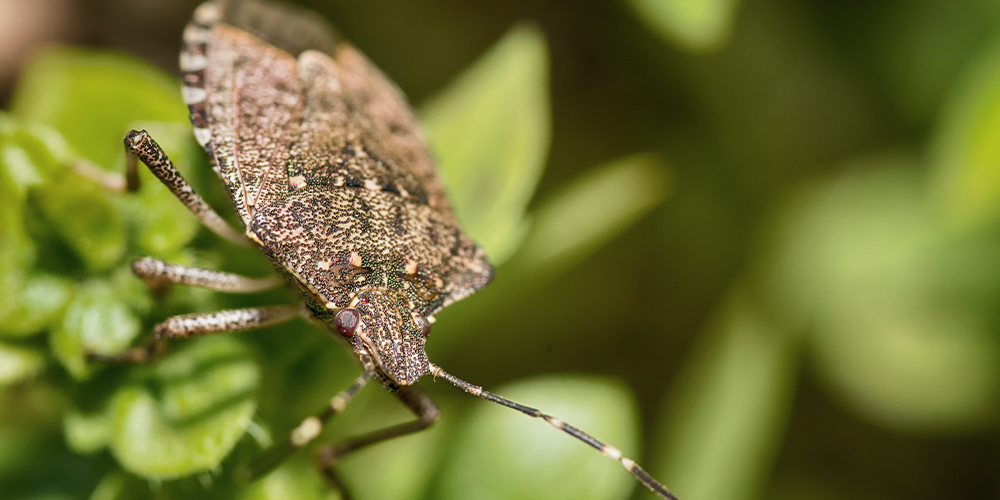
Yes, they stink if you crush them! A destructive pest in summer, stink bugs feed on many garden plants. As with the other winter house invaders, as soon as the days get cooler, stink bugs want to hibernate in your home. In the fall, prior to moving indoors, stink bugs congregate on warm, sunny walls. They eventually find their way inside. You’ll see them around light fixtures, on draperies, or crawling along walls.
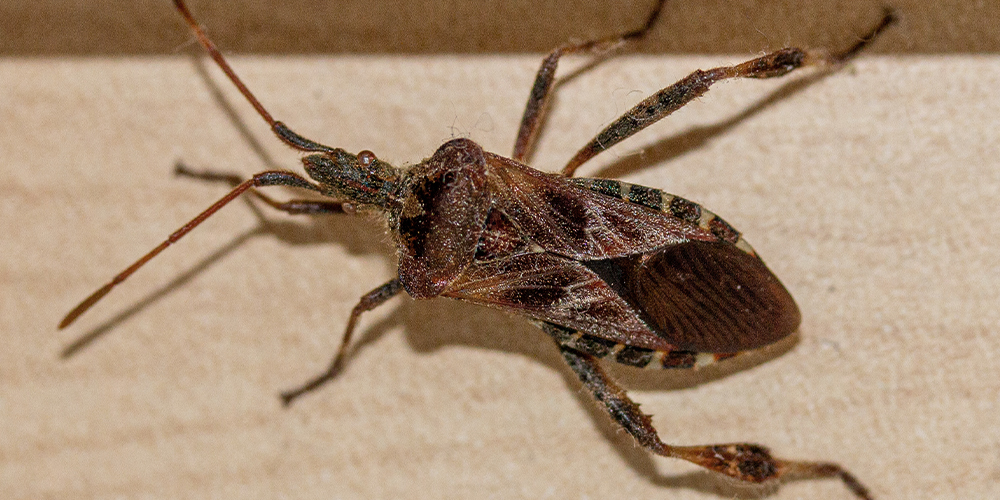
Also called Western conifer seed bugs. Typically, pine seed bugs spend the summer feeding on pine seeds. This insect is native to the west coast but migrated all the way to the east. And it is aggressive in finding its way into your home. They do not bite, nor do they cause damage in your house. As with the others, they will give off a pungent smell if you handle them.
What, there’s more? Unfortunately, this is only a short list of insects that migrate indoors in the fall. You may already have full time residents hiding in your house. The list is long: house spiders, cellar spiders (a.k.a. daddy long legs), crickets, ants, silverfish, earwigs, centipedes, sowbugs, millipedes, bed bugs, cockroaches, etc.
What to do:
https://www.wilsoncontrol.com/en/products/insect-control/wilson-one-shot.
Don’t forget: if they cannot find their way into your house, the second best option for these invaders is your porch, garage, carport, and garden shed.